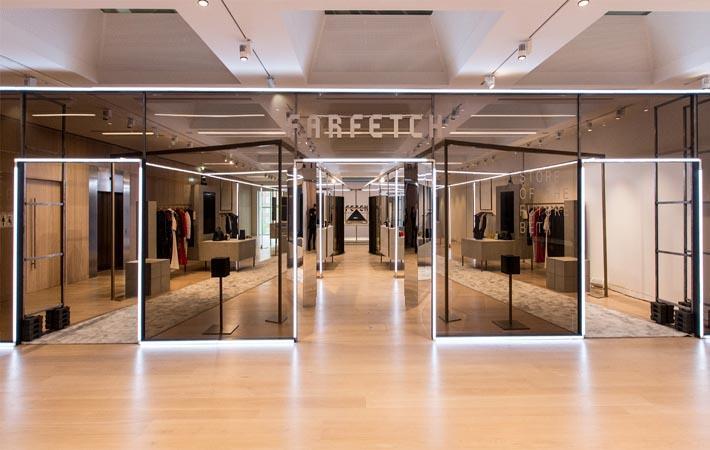London-based online luxury fashion retail platform Farfetch recently launched an online tool that helps consumers understand how to track the environmental impact of their purchasing decisions and see the environmental savings of buying new versus pre-owned clothes. The aim is to help empower its shoppers to ‘think, act and choose positively’ and to ensure that sustainability remains front-and-centre for consumers.
The fashion footprint tool coincided with the launch of new research that looked at the growth of the pre-owned market in the United Kingdom, the United States and China, while examining the average environmental impacts (carbon, water, waste) for fashion items as well as the displacement rates, to see what extent shopping pre-owned fashion replaces the need to purchase new-season items.Farfetch recently launched an online tool to help consumers understand how to track the environmental impact of purchasing decisions and see the environmental savings of buying new versus pre-owned clothes. The aim is to help empower its shoppers to 'think, act and choose positively' and to ensure that sustainability remains front-and-centre for consumers.#
The research was commissioned by Farfetch in partnership with UK-based QSA Partners, consumer insight agency ICARO and London Waste and Recycling Board, according to British media reports.
Thomas Berry, director of sustainable business at Farfetch, said in a statement: “Existing data shows that luxury resale represents a $24-billion market that is growing four times faster than the primary luxury market, partly due to consumer interest in sustainable fashion, but data on resale’s environmental impact is limited.”
“Farfetch has been selling a curated selection of pre-owned and vintage fashion online since 2010, and in 2019 launched two services offering customers the ability to sell or donate their pre-owned items. We wanted to better understand the environmental benefits of all these models as we continue to focus on projects to enable us and our partners to reduce environmental impacts,” he added.
Key findings from the report revealed that of the 3,000 people surveyed, 51 per cent in the United States said over half of their wardrobe is made up of pre-owned items, and this fell slightly to 42 per cent in the United Kingdom and down to 21 per cent in China. However, on average those consumers purchased eight pre-owned items in 2019.
The US and UK pre-owned buyers purchased more clothing, whereas, in China, shoppers bought more footwear, jewellery and watches. In terms of average spend per pre-owned item, China spent the most with $88, the United States spent $59 and British consumers the least at $47.
The top four reason for buying pre-owned were better price, rare item, environmental reasons, and good past experience, and the report found that displacement average was 57 per cent overall from pre-owned fashion purchases prevented people buying something new, this was higher in the United States and the United Kingdom at 65 per cent.
Fibre2Fashion News Desk (DS)
